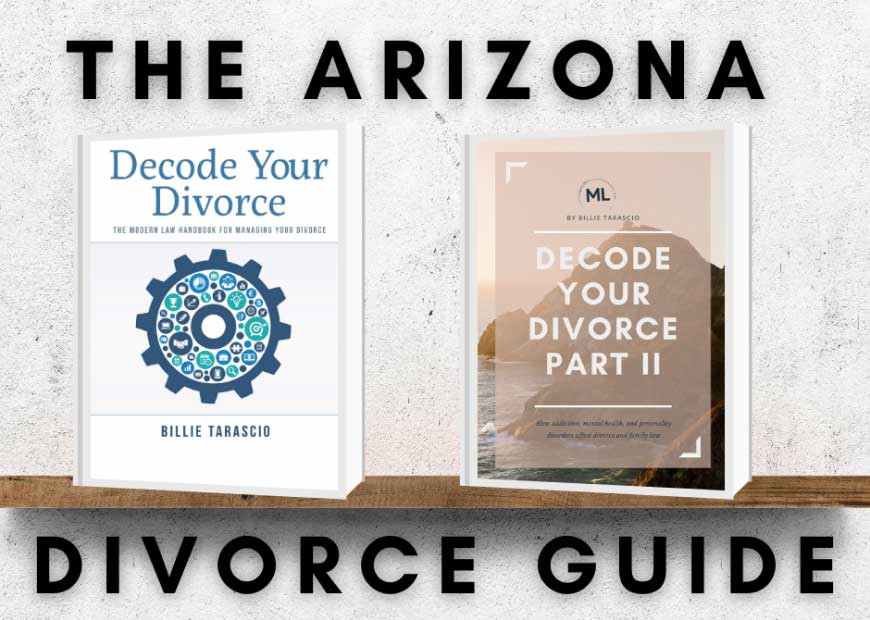If you’re navigating a divorce without a lawyer, this ‘cheat sheet’ will give you the basic outline of what will happen during your case and what you need to do.
Don’t forget to go to our sister website, iDoOver.life, to for a do-it-yourself divorce or low cost legal paperwork for other family law. You’ll get help from a legal document preparer and have the option of working with an attorney to strategize and create a plan to handle your divorce on your own. For some people who have relatively simply divorce situations, the iDoOver.life option is a way to save thousands of dollars in legal costs.
Filing for the Divorce
- Before anything moves forward in the court, either you or your spouse MUST file for a divorce at one of the superior courts.
- To file for a divorce, a Petition for Dissolution with or without Children will need to be filed.
- If you cannot afford to pay for the Petition Filing Fee ($338), you can ask the court for a Fee Waiver or Fee Deferral when you file the documents.
- You MUST serve your spouse or have your spouse sign an Acceptance of Service (ask the clerk at the courthouse for this document)
Timeframe
- Divorces cannot be finalized for a minimum of 60 days from the date you served your spouse or he/she accepted service of the documents
- Your spouse has 20 days to respond to your Petition if he/she lives in the state. If he/she lives out of the state, it is 30 days.
Responding
- If your spouse does not respond in time, you can request a default from the court by filing an Affidavit and Application for Default.
- A default means you will get to go in front of the judge, or submit your final documents to the judge without your spouses input. If everything is fair, the judge will usually grant you everything you requested in your Petition.
- If your spouse does respond, the case will begin to move forward in court.
Types of Hearings
- Early Resolution Conference – This is NOT in front of the judge. This is usually with a mediator in an office at the courthouse. There will be no rulings made. Alternatively, the mediator will attempt to see if you and your spouse can reach any agreements. This usually happens once your spouse responds to the Petition.
- Resolution Management Conference – This is in front of the judge. It usually takes anywhere from 15 minutes to 30 minutes. It is very informal. You are not going to be up on the stand giving testimony. Instead, you submit a Resolution Management Conference Statement to the judge before attending. This is a document where you tell the judge what you are requesting on all of the issues. The judge will review these documents and provide you and your spouse with some guidance for moving forward with the case.
- Return Hearing – This is usually a short hearing where the judge decides if temporary orders are needed or if a longer temporary orders hearing should happen. The judge can make orders at this hearing, so be prepared to talk and have evidence with you. It is usually under 30 minutes long.
- Temporary Orders Hearing – A temporary orders hearing only happens if you or your spouse files a Motion for Temporary Orders. This hearing can range from 30 minutes to 3 hours, depending on how many issues there are. People have temporary orders hearings to have temporary orders put in place for things like parenting time, child support, and spousal maintenance. This way, there is some sort of order in place until you and your spouse reach final agreements, or attend a final hearing at a later date.
- Status Conference – This is usually 15 minutes to 30 minutes. This happens later on in the case. It gives the judge an update on where everything is and how things are going. If a final trial date is going to be scheduled, it usually happens at a status conference.
- Evidentiary Hearing – This is most likely your final hearing. If you and your spouse cannot agree on outstanding issues, you will go to a final evidentiary hearing. These can be an hour to a full day long. The judge will hear testimony, look at evidence, listen to witnesses, and make final decisions on all issues. The judge has up to 60 days to issue his final ruling.
Disclosure and Discovery
- Make sure to follow all of the rules regarding to Disclosure and Discovery.
- These can be found in the Arizona Rules of Family Law Procedure.
- There are certain documents that you must disclose to the other party. If you don’t, you likely will not be able to use them as evidence at a hearing.
- Make sure you follow the deadlines, as well. These deadlines are also found in the Rules, as well as the Minute Entries you receive from the court.
How To Manage Your Own Divorce
Whether you’re already managing your own divorce or you need more help navigating the process, we have online classes to help you survive. Start out with our free mini course and find out more here.
Questions? Set up a consultation with one of our attorneys – even if you are representing yourself – to have someone help you with the process.





